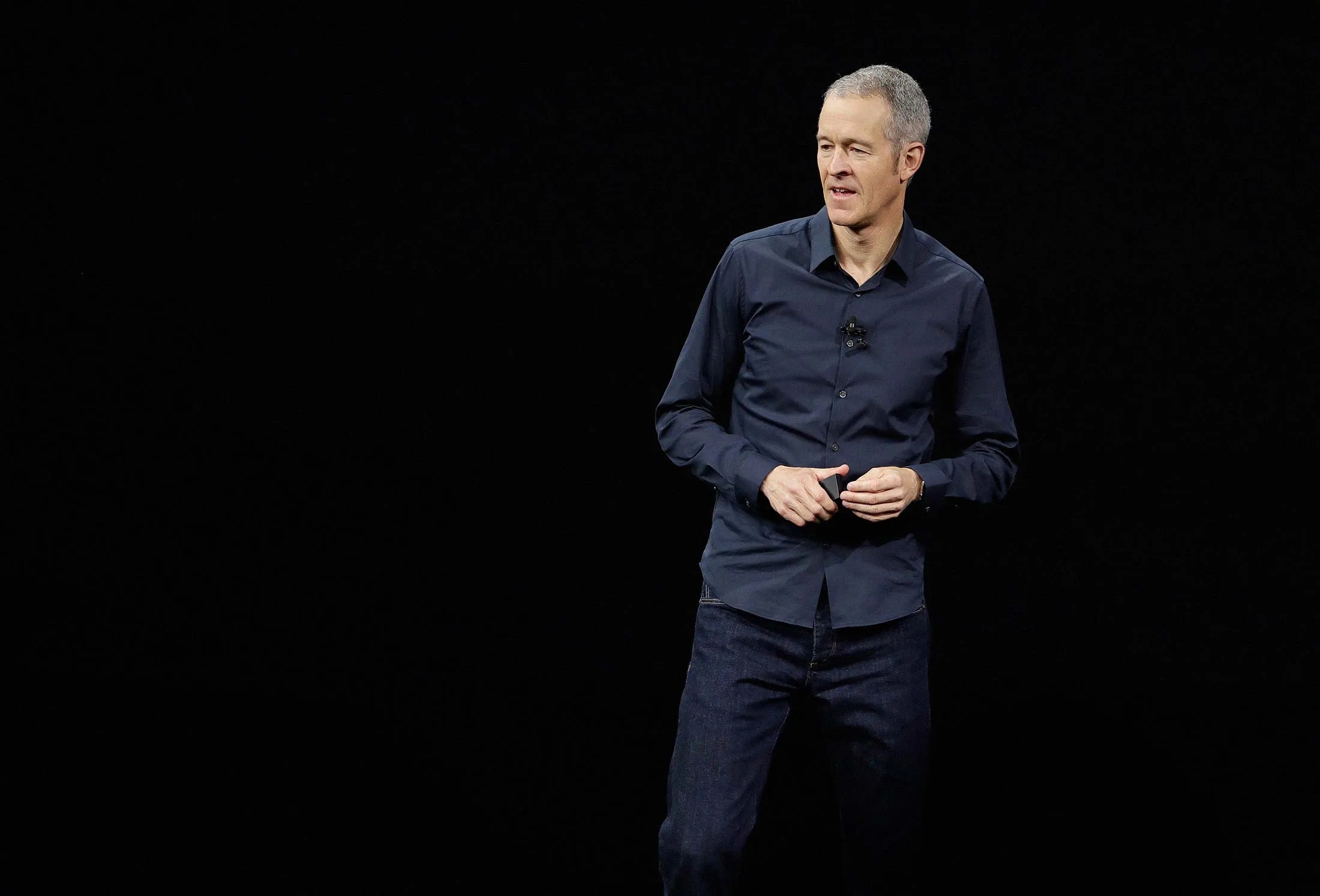On April 20, 2024, a landmark day in the cryptocurrency industry, Bitcoin mining revenue soared to a new all-time high, crossing the $100 million threshold for the first time. Miners raked in an impressive $107.7 million from mining rewards and transaction fees, driven by the community’s willingness to pay premium fees to secure transaction spots on Bitcoin’s historical 840,000th block—the trigger for Bitcoin’s fourth halving event.
Historical Context of the Bitcoin Halving
The Bitcoin halving is a significant event that halves the reward for mining Bitcoin blocks. Occurring approximately every four years, this event reduces the number of new bitcoins generated per block, making bitcoins more scarce and theoretically more valuable. The most recent halving reduced the block reward from 6.25 to 3.125 bitcoins.
The fervor to be part of this quintessential Bitcoin moment led to record-breaking transaction fees. On the halving day, investors paid a total of 37.7 BTC in fees, which equated to about $2.4 million, just to be included in the halving block. The block itself comprised 3,050 transactions, averaging nearly $800 per transaction in fees.
This spike in fees was largely fueled by the launch of the Runes Protocol by Bitcoin Ordinals creator Casey Rodarmor, which coincided with the halving. Participants rushed to inscribe and secure rare satoshis on the blockchain, further elevating the fees.
Comparison with Previous Revenue Peaks
Before this event, the highest revenue recorded by Bitcoin miners was $78.7 million on March 11, which coincided with a peak in Bitcoin’s price at $71,415. Unlike the halving day revenue, this peak was primarily driven by the market price of Bitcoin since mining rewards are distributed in BTC.
Despite the high of halving day, the hype was short-lived. By April 21, average transaction fees on the Bitcoin network had drastically reduced to between $8 and $10 for medium-priority transactions. This sharp decline reflects the typical volatility in Bitcoin transaction fees, which can fluctuate based on network activity and the collective behavior of miners and users.
Implications for the Future
The fourth Bitcoin halving marks a pivotal moment for the network and its community. As the reward for mining new blocks is halved, the incentive structure for miners alters, potentially impacting the security and verification process of the blockchain. Moreover, the event has historically been a precursor to a new bull market phase in the crypto cycle, though market reactions can vary.
The recent Bitcoin halving event not only represented a critical test for the network’s underlying economics but also highlighted the vibrant participation of its community. As Bitcoin continues to mature, these events offer valuable insights into the dynamics of supply, demand, and technological innovation within the crypto space.










